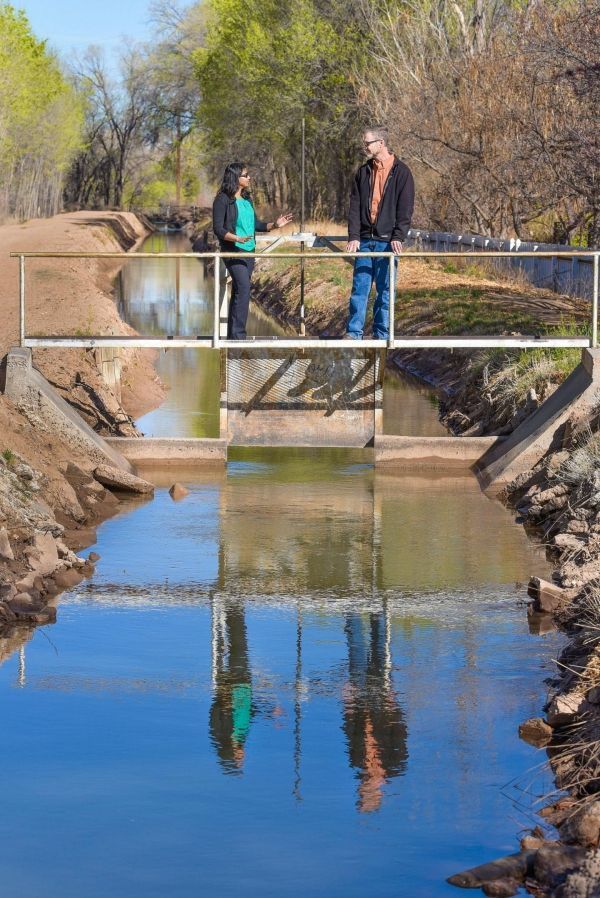Shared fates and experiences in a community can help it withstand changes to water availability due to climate change, a recent study by Sandia National Laboratories researchers found.
“During our research, a community’s ability to withstand natural and social pressures was routinely pinpointed to the fact that the people who live there feel like they are a community,” Thushara Gunda, a Sandia environmental engineer and the paper’s first author said. “The social fabric of the community, the mutualism, or sense of cohesion, is a really important factor that contributes to its resilience.”
With changes in rainfall amounts, rising temperatures and population growth putting pressure on water resources around the globe, Sandia’s study adds to the understanding and predictability of how communities and water systems worldwide will fare during times of environmental or social change.
The work, part of Sandia’s energy-water nexus program to help safeguard resilient and sustainable energy-water systems in the interest of national and global security, was recently published in a special socio-hydrology issue of Water Resources Research. The research paired a dynamic systems model of an acequia community and its water system with a hydrology model of an upland water source to study how the community responds to changes in water availability and flow.
Read more at DOE/Sandia National Laboratories
Image: Sandia National Laboratories researchers Thushara Gunda, left; and Vince Tidwell studied how shared fates and experiences help acequias withstand changes in water availability due to climate change. (Credit: Photo by Randy Montoya)


